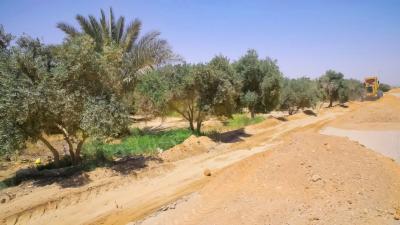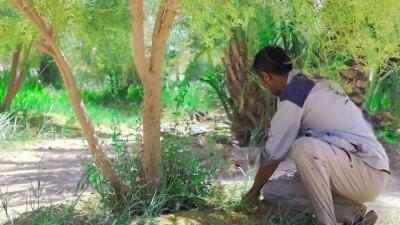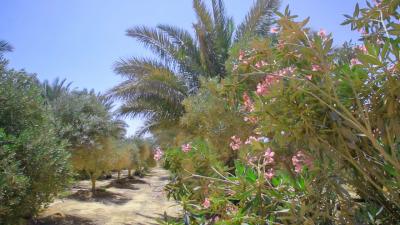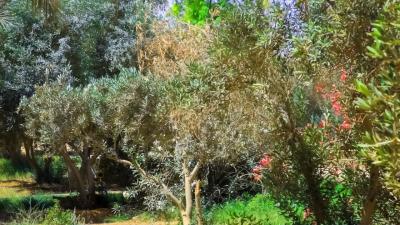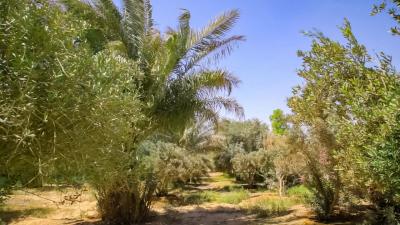The staff of the al-Abbas's (p) holy shrine working in the Southern Green Belt project of Karbala governorate are making extraordinary efforts in reviving it and restoring its spirit, after many of its spaces were nearing demise, as a result of the lack of interest, despite the fact that it is working to improve the environment of the city, reduce the effects of soil erosion factors such as storms and others, and contribute to the elimination of the phenomenon of desertification.
"The al-Abbas's (p) holy shrine has developed a thoughtful plan based on accurate scientific foundations, all of which serve to restore the life of this belt because of its importance, and we have completed important stages in which the most prominent of which was the maintenance and operation of the 49 water pumps, each pump works on watering a section of the Belt and rehabilitation of artesian watering wells, in addition to that we have compensated for the loss of planted trees as well as the organization of watering operations and the development of mechanisms of fertilization, sustainability and pruning, and other important things needed by the belt land and its trees," said the project manager, Mr. Nasser Hussein Mut’ab.
He added, "the length of the southern green belt, which is one of the most important green belts in the province, is (27 km) and its width (100 meters), and the plan that we have followed was in stages, and we have finished part of it and the work is underway to complete the rest, to achieve the desired objectives of the project, the most important of which is the economic, environmental and social feasibility as an outlet for Karbala families. And this is what we are working hard on because the area is large and the damage rate is high, but the project's staff with the support of His Eminence the Senior Official of the al-Abbas's (p) holy shrine, has spared no effort in order to achieve these goals".
"The belt is planted with several types of trees in the form of straight lines within its area of (2,700,000) square meters, including palm trees, olives, eucalyptus and evergreen floral trees," said Mut’ab.

